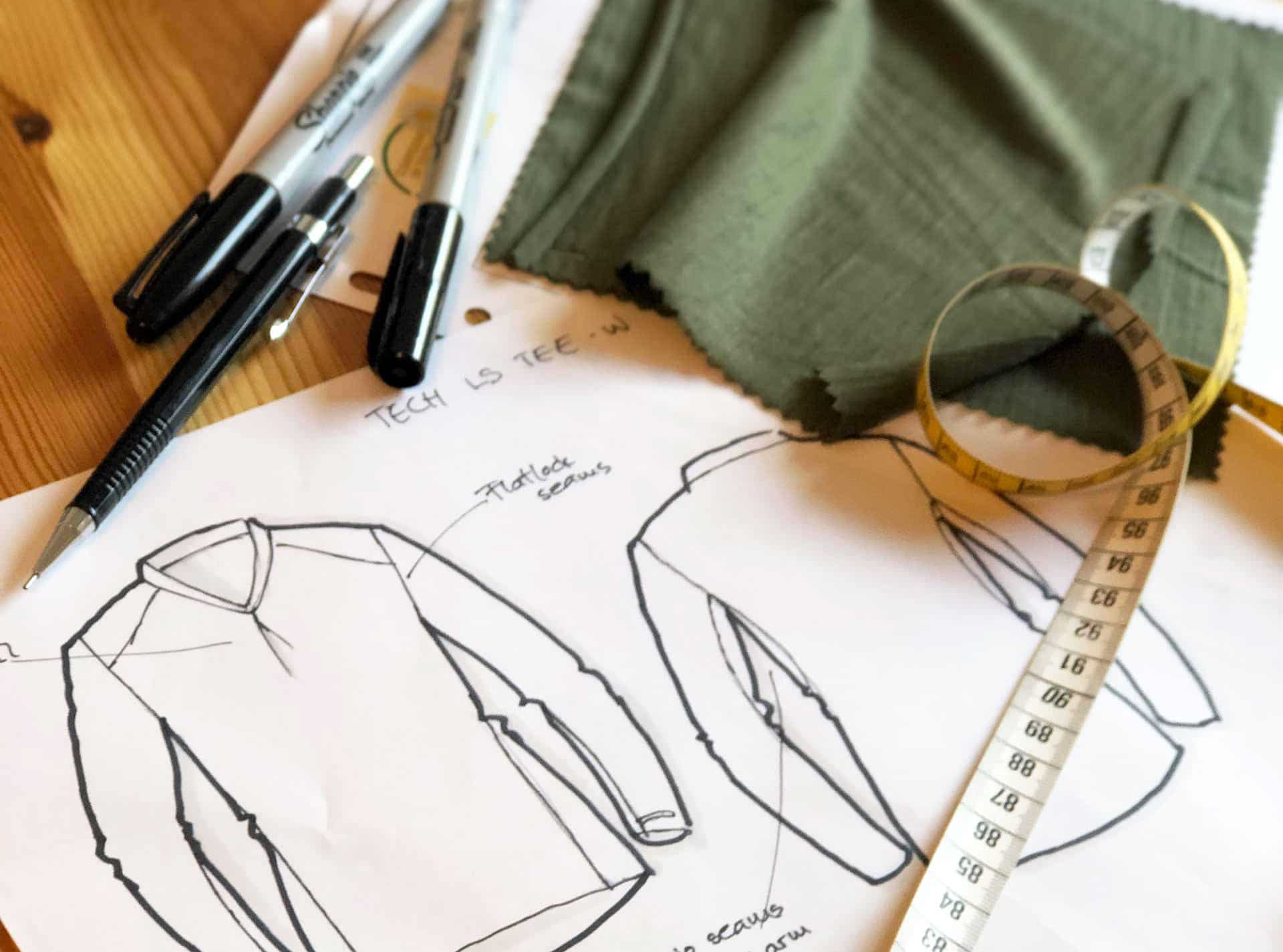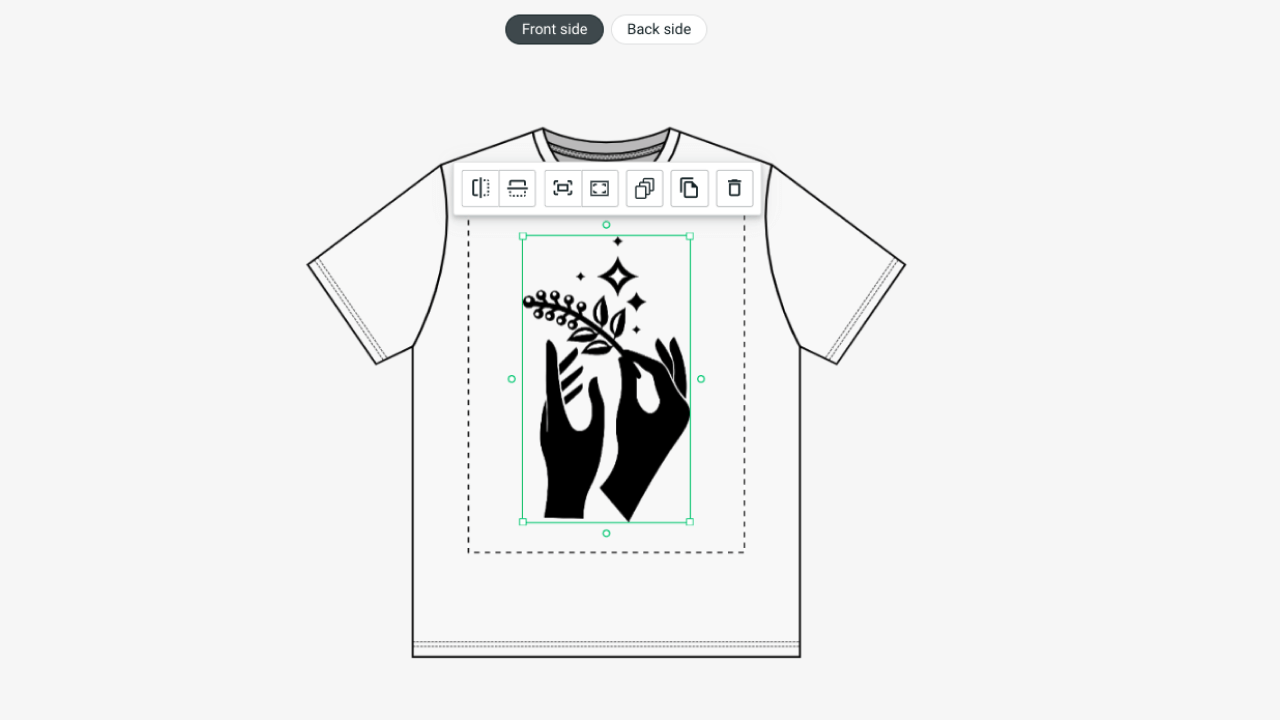How to Start a Clothing Brand: A Journey of Creativity and Business
The fashion industry is a vibrant and ever-changing landscape, offering a canvas for creativity and innovation. If you’re an aspiring designer with dreams of starting your own clothing brand, you’re about to embark on an exciting yet challenging journey. The path to success isn’t always straightforward, but with the right guidance and determination, you can turn your passion into a thriving business.

Identifying Your Niche
“Fashion is not necessarily about labels. It’s not about brands. It’s about something else that comes from within you.” – Ralph Lauren. Starting a clothing brand begins with identifying your niche. What makes your brand unique? What is the story you want to tell through your designs? Understanding your brand’s identity is crucial. It’s not just about the clothes you make, but the message they convey.
Research and Planning
Thorough research is the cornerstone of any successful venture. Investigate the market, your target audience, and the competition. What are the trends? What are the gaps you can fill? A well-thought-out business plan is essential. It should include your brand’s mission, vision, target market, and financial projections.

Designing Your Collection
Your designs are the heart of your brand. Invest time in creating a collection that reflects your brand’s ethos. Sketch, draft, and refine your designs. Remember, “Design is not just what it looks like and feels like. Design is how it works.” – Steve Jobs. Ensure your designs are not only aesthetically pleasing but also functional and wearable.
Sourcing Materials and Manufacturers
“Quality is never an accident; it is always the result of intelligent effort.” – John Ruskin. Sourcing high-quality materials and reliable manufacturers is key. This step can make or break your brand’s reputation. Research and establish relationships with suppliers who share your commitment to quality and sustainability.

Building a Brand Identity
A strong brand identity is what sets you apart in a crowded market. This includes your brand’s logo, packaging, and overall aesthetic. “Your work is going to fill a large part of your life, and the only way to be truly satisfied is to do what you believe is great work.” – Steve Jobs. Create a brand identity that you’re proud of and that resonates with your audience.
Marketing and Sales Strategy
Even the best designs need to be seen to be successful. Develop a marketing strategy that includes social media, influencer partnerships, and traditional advertising. Your sales strategy should encompass online sales, potential brick-and-mortar locations, and wholesale opportunities.

Legalities and Logistics
The practical side of starting a clothing brand involves legalities such as registering your business, obtaining licenses, and understanding intellectual property rights. Logistics include managing inventory, shipping, and returns. “The details are not the details. They make the design.” – Charles Eames. Paying attention to these details ensures a smooth operation.
Growth and Adaptation
The fashion industry is constantly evolving, and so must your brand. Stay informed about trends, consumer behavior, and technological advancements. Adapt and grow with the industry to maintain relevance and success. “In order to be irreplaceable, one must always be different.” – Coco Chanel. Embrace change and innovation to keep your brand fresh and appealing.

Embarking on the path to start a clothing brand is a bold and ambitious endeavor. It requires a blend of creativity, business acumen, and perseverance. By following these steps, you’ll be well on your way to establishing a brand that not only stands out but also stands the test of time. Remember, “The best way to predict the future is to invent it.” – Alan Kay.






